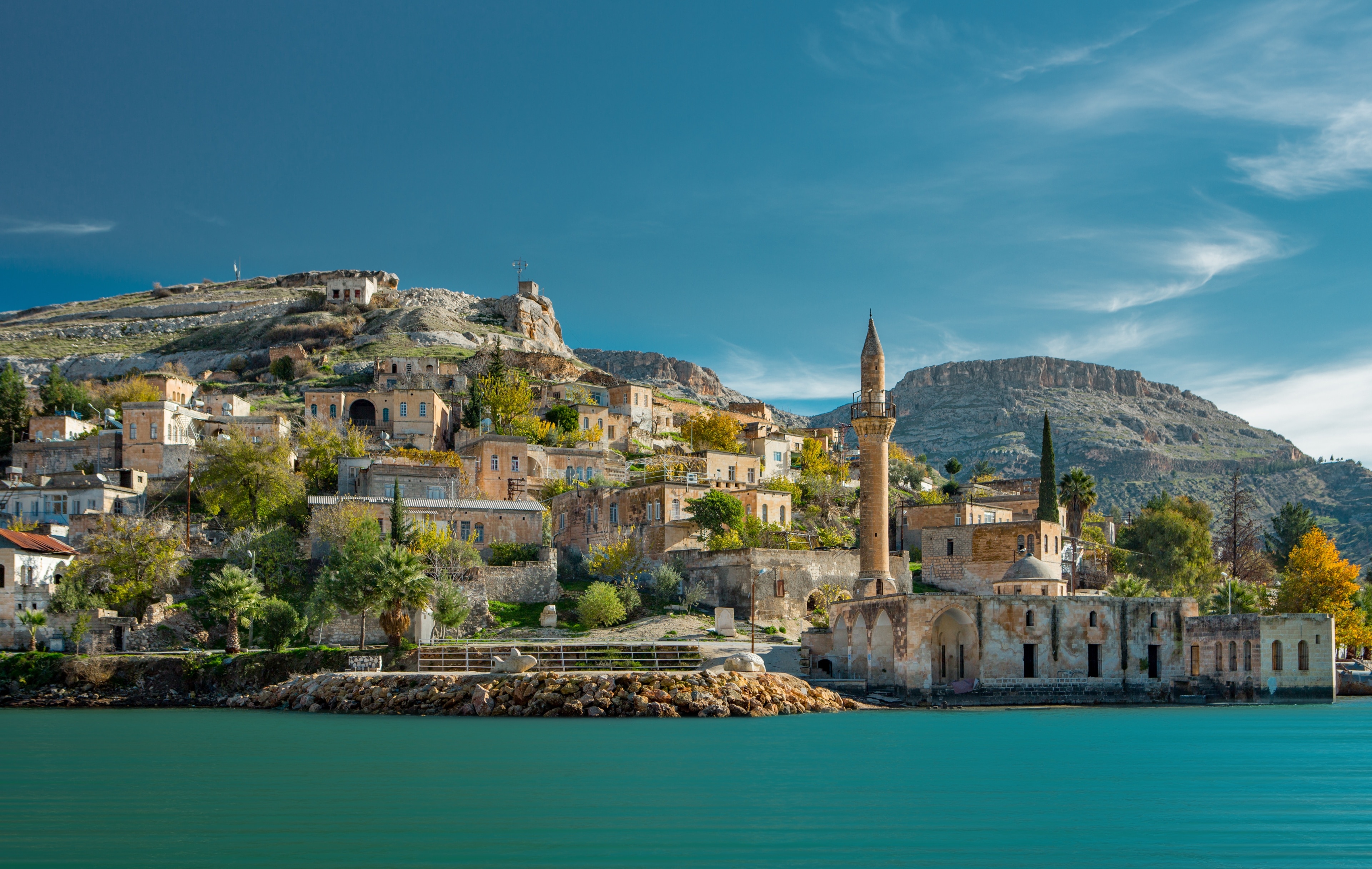Earthquake in Turkey

Very sad scenes on social media of the massive destruction wreaked by a 7.8 magnitude earthquake this morning in southern Turkey.
The official death toll is currently near 4,000, but is expected to climb much higher, as hundreds of buildings in the cities of Gaziantep (population 2.1 million) and Kahramanmaras were destroyed.
. . . Commenter N_B:
I’m going to start at the beginning so I suspect a lot of people will wan to skip over the parts they already know.
Unlike wind which exerts an external pressure on buildings, seismic forces load a building through its own mass. Basically the earth moves and the building doesn’t at first (inertia) then the building moves to catch up, but by then the earth has moved somewhere else. Picture that happening as fast as ten or fifteen times per second. A building can be shadowed by against the wind by another building, but there’s no shadowing for earthquakes, so every building has to get rid of the energy being imparted to it by the earth movement. Pieces of the building can absorb energy – It takes a fair amount of energy to bend a beam, for example – and the trick is to maximize that absorption without serious damage.
Wood-frame houses are pretty good in earthquakes because (a) they weigh less than most other building types and so the inertial energy to be dissipated is smaller, and (b) their pieces can bend a lot without breaking. Steel-frame buildings are generally good for the same reason – you can design a steel frame to dissipate a lot of energy, because steel can bend so much without failure. Brittle materials (masonry and concrete) are terrible in earthquakes because (a) they weigh a lot and (b) they crack at low levels of tension*. A steel beam can be bent into a hairpin before it fractures; a concrete beam develops its first cracks and it’s useless. People developed reinforced concrete in the modern sense a little before 1900, embedding small pieces of steel to provide tension capacity after the concrete cracks. Reinforced masonry was developed for real mid-1900s for the same reason. Reinforced concrete and masonry are a hell of a lot better than plain, since they can absorb a lot of energy before failing**, but they still weigh a lot, they are subject to crushing failure of the brittle material, and they are very dependent on proper detailing. Put the rebar in the wrong place, or the wrong amount***, and it won’t work. You can tell when a reinforced concrete beam or column has absorbed a lot of energy because there will be a network of many small cracks across its entire surface, and it’s usually bent pretty badly.
* And shear, since shear is just diagonal tension.
** Pretty much all structural design begins with “how will this fail” and then works backward to a member size or detail.
*** Too much rebar is also bad: if the steel side of a beam is stronger than the concrete side, it will fail by the concrete crushing, which is about as bad as failing by unreinforced concrete cracking. My professor for “Concrete I” – yes, that was the name of the class – described the failure of over-reinforced beams as “explosive.”
Wood-stick construction is very much a North American thing. It relies on a plenty supply of good lumber and wide building spacing so you don’t trade dying under a pile of rubble for dying in a fire. Steel-frame construction is expensive. It only ever became popular in the heavily industrialized nations. Most of the world builds in reinforced or unreinforced masonry (with heavy-timber or, commonly for the past 50 years, precast concrete slabs), and reinforced concrete. The steel rebar is the most obviously expensive part of the work, so poor people skimp on it. They particularly skimp on the parts that seem redundant – bars on the compression side of beams, and dowels that span the juncture of beams and columns, for example. Those are continuity and crack control, and they are what makes heavy, brittle concrete work for seismic loading. I guaranty you that the engineers and building officials everywhere know that reduced amount of continuity bars are dangerous. Poverty kills in more ways than one.
Here’s a picture from the Grauniad. I put green boxes around some beams or columns that have no damage except at the ends, which strongly suggests they did not have enough dowels at their connections. The purple box is around a column where all the concrete is completely gone, suggesting really lousy quality control on the concrete. It may seem like I’m nit-picking here, but these kinds of flaws are visible in just about every picture from this quake, and you don’t see them when there’s a quake in LA or in Japan.



